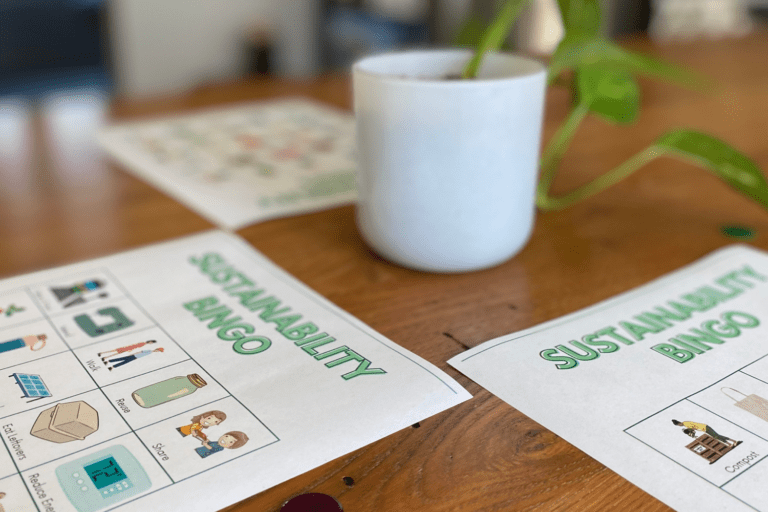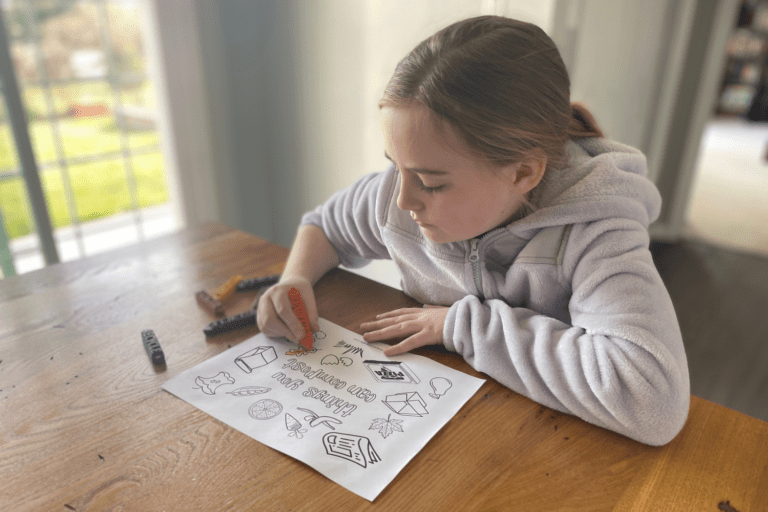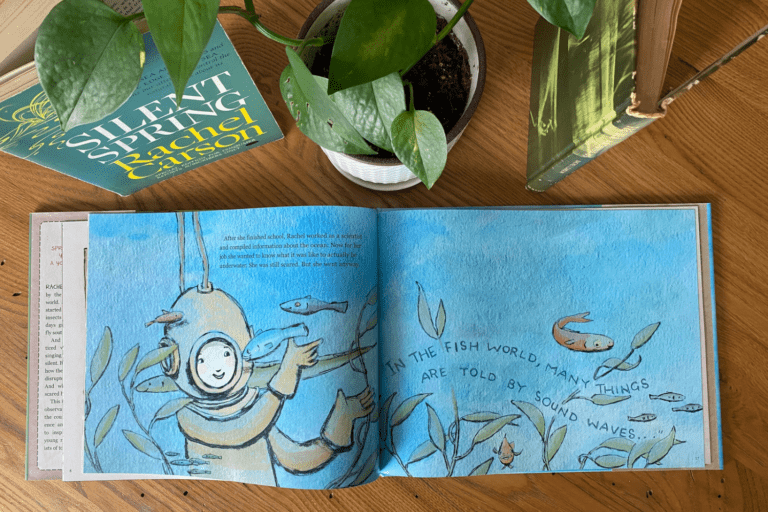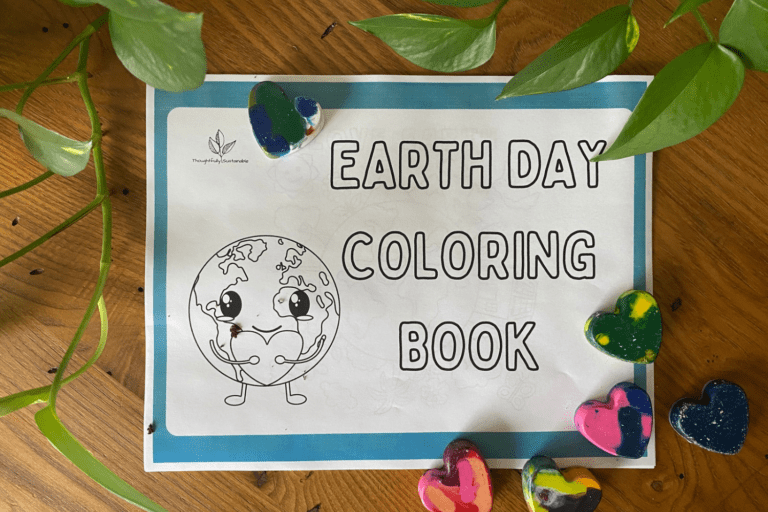How to Understand the Difference Between Biodegradable and Compostable Materials
Are you confused about the difference between biodegradable and compostable materials? Read on to learn the science behind these different materials, and discover how the terms “home compostable” and “industrially compostable” compare and contrast.
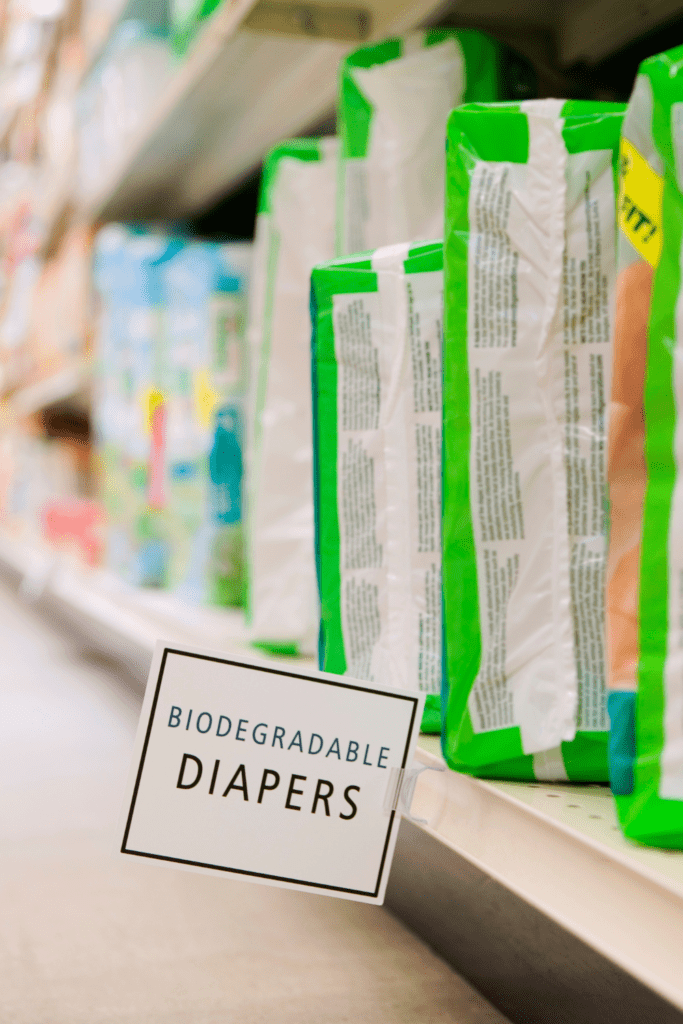
Have you ever found yourself staring at a packaging label, trying to figure out the most responsible way to dispose of it, only to discover that you have no idea what the label means?
You’re not alone. I’ve spent a good deal of time researching the differences between the terms “biodegradable”, “compostable”, “home-compostable”, and “industrially compostable” to decipher the confusing labeling choices of various brands. I’ve even gone so far as to contact the customer service department of a leading eco-friendly laundry detergent manufacturer to clarify what they meant by their misleading packaging labels.
In this post, I’ve broken down the differences between the terms biodegradable, compostable, home-compostable, and industrially compostable to help you understand what manufacturers are (or aren’t) telling you about their products so that you can responsibly dispose of them and avoid the greenwashing tactics of various brands.
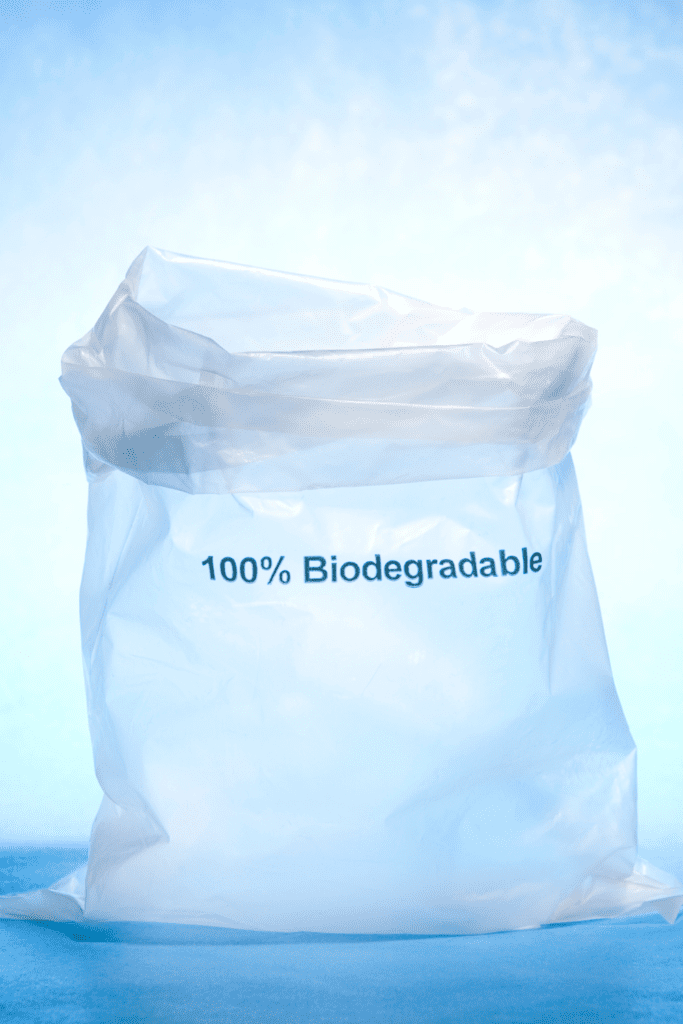

What Does Biodegradable Mean?
Biodegradable refers to a substance that is capable of being broken down or decomposed by natural biological processes, such as the action of microorganisms, into simple, non-toxic substances that do not harm the environment. Biodegradable materials can include organic materials, such as food waste, leaves, and wood, as well as synthetic materials, such as certain plastics and other polymers that have been designed to break down over time.
Biodegradable materials can break down in various environments, including soil, water, and air, and are often promoted as an environmentally friendly alternative to non-biodegradable materials, which may break apart into toxic substances and take hundreds or even thousands of years to break down in the environment. However, it’s important to note that the term “biodegradable” is missing two key aspects in its definition.
First, the definition of biodegradable does not indicate a time limit by which the material must break down. A product could take a thousand years to break down and still carry the label of biodegradable.
Second, biodegradable materials are not created equal. Some may break down in water, some may require the presence of soil, while others may need exposure to air to properly decompose. The label “biodegradable” does not specify the environmental conditions in which a particular material needs to properly break down, and so many materials given this designation may still have negative impacts on the environment if they are not disposed of properly. For example, biodegradable plastic packaging may need exposure to oxygen to decompose, but if it is sent to a landfill where oxygen is absent, it will not biodegrade.
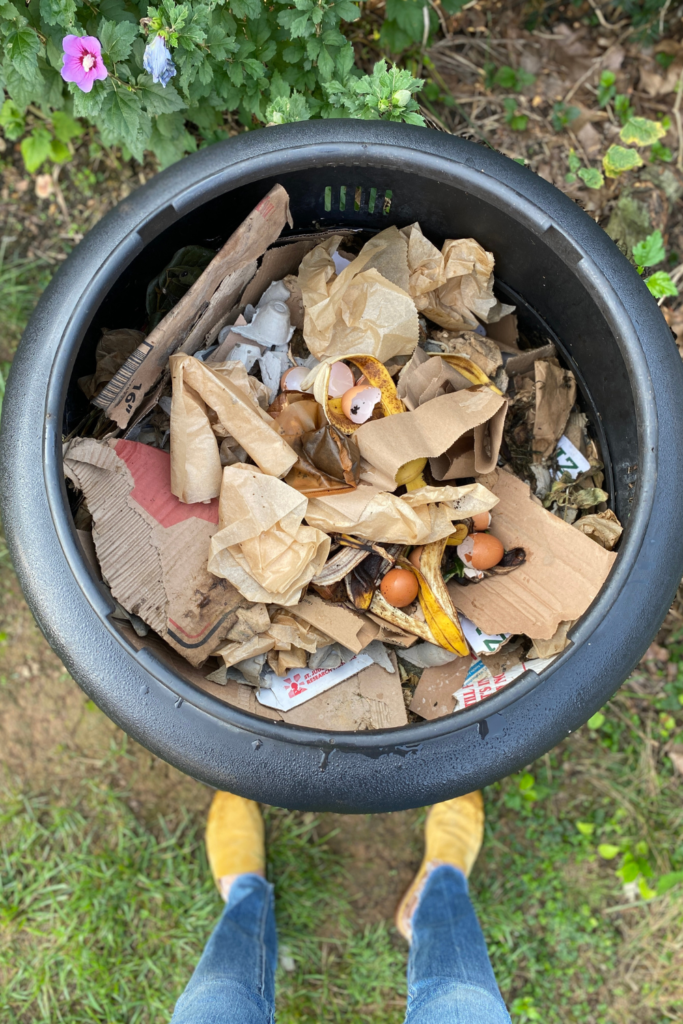

What Does Compostable Mean?
Compostable refers to a material that is capable of being broken down into natural, non-toxic components under specific conditions of temperature, humidity, and oxygen levels. Composting is a natural process of decomposition that breaks down organic materials such as food waste, yard waste, and paper into nutrient-rich soil that can be used to fertilize plants and gardens.
Compostable materials can include organic materials like food scraps, yard waste, and paper products, as well as some biodegradable plastics and other synthetic materials that have been designed to break down into compostable components.
Compostable materials are often considered to be more environmentally friendly than biodegradable materials, because they can be turned into a valuable resource rather than simply breaking down into smaller pieces of waste that still need to be disposed of. However, it’s important to note that not all compostable materials are created equal, and some may require specific conditions or facilities in order to break down properly, while others can be broken down in a home compost bin.


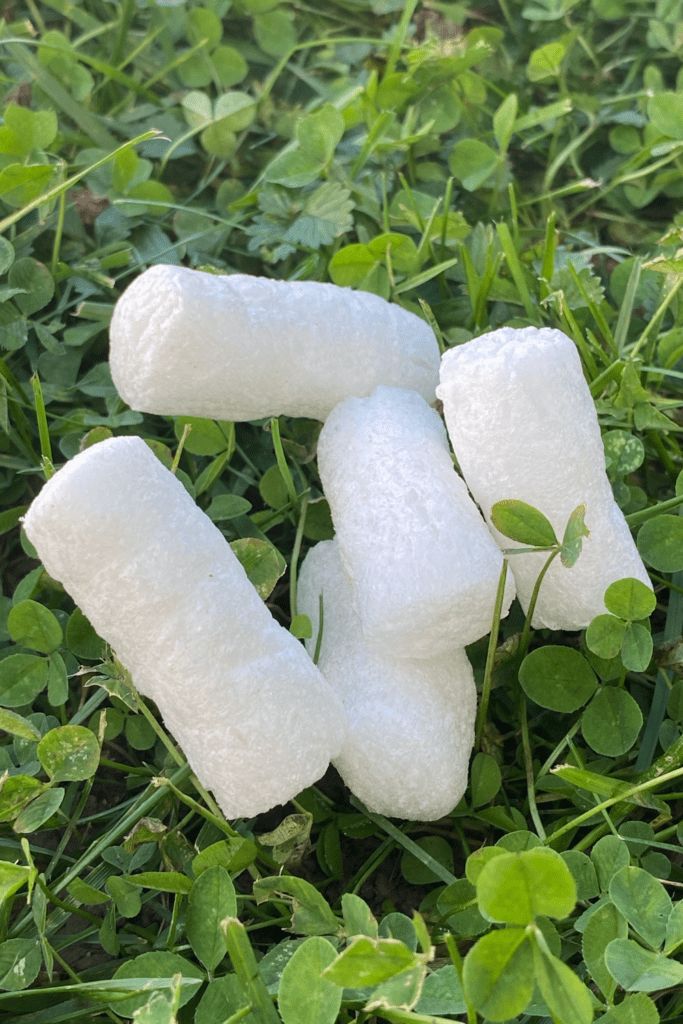

Is There a Difference Between Biodegradable and Compostable?
Short answer – yes.
The terms biodegradable and compostable are often used interchangeably, but they actually refer to two different things.
The key difference between the terms compostable and biodegradable is that compostable materials require specific conditions to break down into organic material. When those specific conditions are met, compostable materials can decompose into a usable soil amendment anywhere between a few months to a few years, depending upon the internal temperature of the compost pile.
Biodegradable materials are capable of breaking down in a variety of environments, however the specific conditions for a biodegradable material vary from one product to the next. The term biodegradable does not indicate what specific conditions are necessary for a particular material, and therefore leaves the consumer at a loss for proper disposal once the product is no longer needed or wanted. In addition, the definition of biodegradable does not indicate a time limit in which the material must break down. A product could take a thousand years to break down and still carry the label of biodegradable.
In short, composting is a specific process that requires certain conditions, and not all biodegradable materials are capable of breaking down under these conditions. Therefore, all compostable materials are biodegradable, but not all biodegradable materials are compostable.
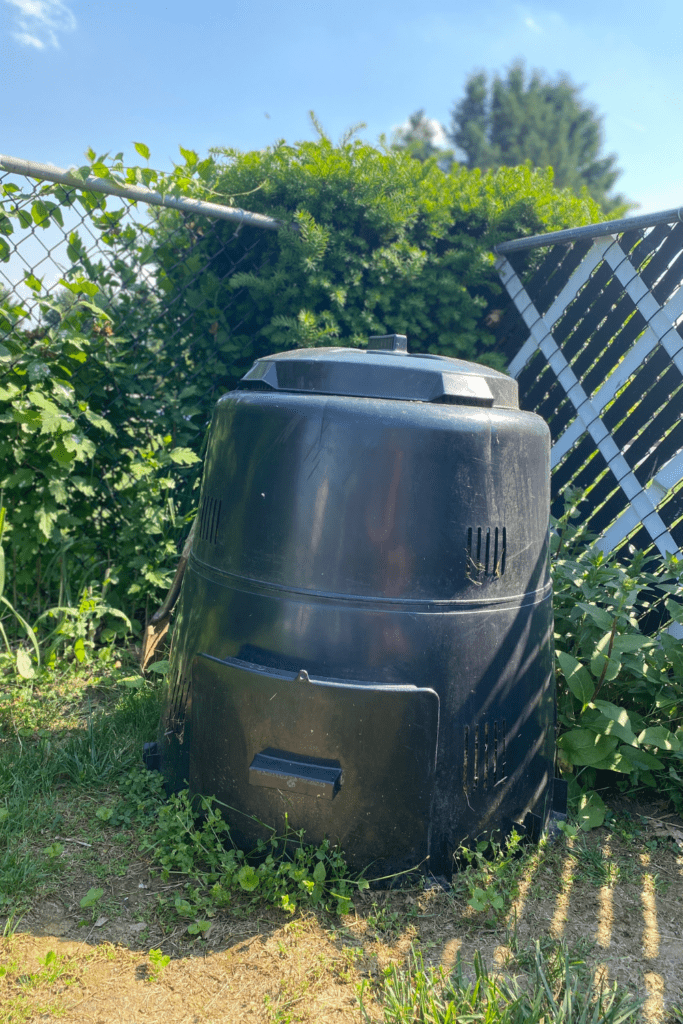

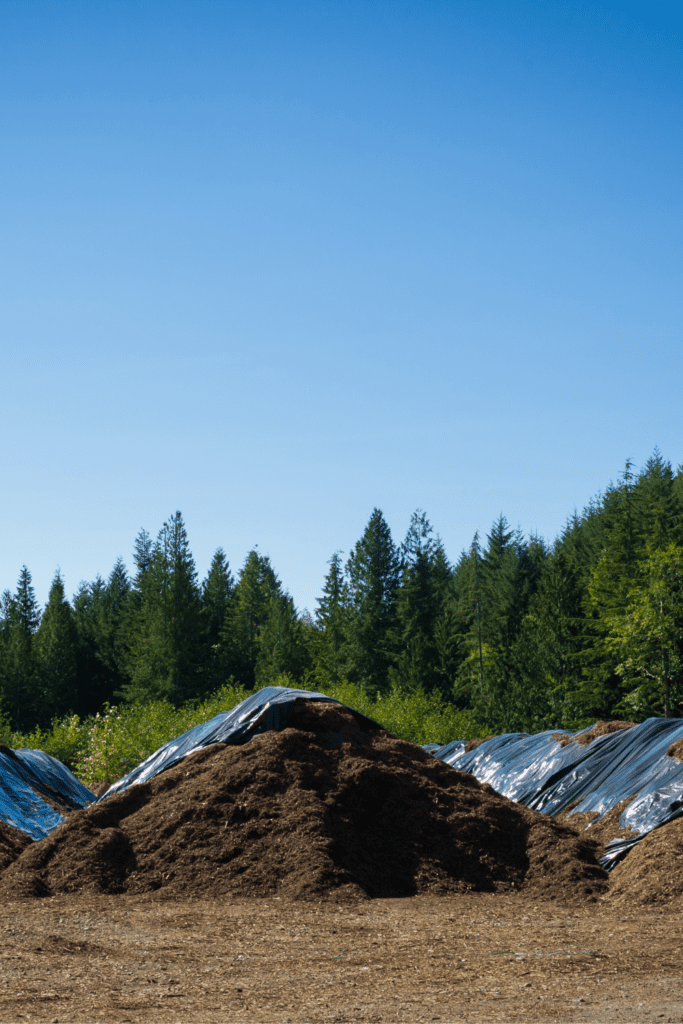

The Difference Between Home Compostable and Industrially Compostable
Now that we have navigated through the difference between biodegradable and compostable, we need to dive deeper into how product manufacturers use the term compostable.
We know that the term compostable refers to a material that is capable of being broken down into natural, non-toxic components under specific conditions of temperature, humidity, and oxygen levels. The problem lies in the “specific conditions” details. Many materials that carry the “compostable” label mean that they need to be composted in an industrial facility, and not in your backyard compost bin, due to the specific temperature, humidity and oxygen conditions the particular material requires to decompose.
That means that home compostable (also referred to as backyard compostable) and industrially compostable refer to two different types of compostable materials, based on the conditions in which they can be composted.
Home compostable materials are those that can be broken down into compostable components in a home composting system or in a backyard compost pile. These materials typically include food scraps, yard waste, and other organic materials that can be easily composted through natural processes of decomposition. Home composting requires certain conditions such as proper levels of moisture, temperature, oxygen, and carbon-to-nitrogen ratio to ensure the materials break down properly. Backyard compostable materials are typically not certified, but can be tested to determine their compostability.
Industrially compostable materials are those that can only be broken down into compostable components in a commercial or industrial composting facility that uses specific controlled conditions of temperature, humidity, and oxygen levels to break down materials quickly and efficiently. These materials can include certain biodegradable plastics, food packaging, and other synthetic materials that have been designed to break down in industrial composting facilities.
At an industrial composting facility, internal compost pile temperatures need to remain above 60°C (140 °F) for at least one week, in order to eliminate pathogenic microorganisms. Which is why industrial compost facilities may allow you to compost animal products, as any pathogenic organisms from the products will be killed during the decomposition process.
The key difference between backyard compostable and industrially compostable materials is the conditions under which they can be composted. Backyard compostable materials can be composted in a small-scale composting system, while industrially compostable materials require specialized equipment and facilities to break down effectively. If you see a product that carries a “compostable” label, be sure to reach out to the manufacturer and ask them to specify if the product is home compostable or requires an industrial composting facility.


Avoid Greenwashing by Understanding Labels
Greenwashing is a term used to describe the practice of making misleading or false claims about the environmental benefits of a product, service, or company, in order to make it seem more environmentally friendly than it really is.
This can include using vague or unproven claims, exaggerating the environmental benefits of a product or service, or highlighting minor environmentally-friendly features while ignoring larger negative impacts.
Greenwashing is often used as a marketing tactic to appeal to consumers who are concerned about the environment, without actually making any significant efforts to reduce the environmental impact of a product or service. It can be a form of deception, as it can mislead consumers into thinking that they are making a positive choice for the environment, when in reality they are not.
One common example of greenwashing I’ve encountered is when companies use the term “biodegradable” but neglect to provide the specific conditions their product needs to properly decompose into smaller, non-toxic molecules. Another example is when a product’s packaging states that it is “compostable”, which misleads consumers into thinking that they can discard it in their home composting bin, when in actuality the product will only break down in an industrial environment.
Have you ever been misled by the environmental claims of a brand or product? Tell me in the comments.
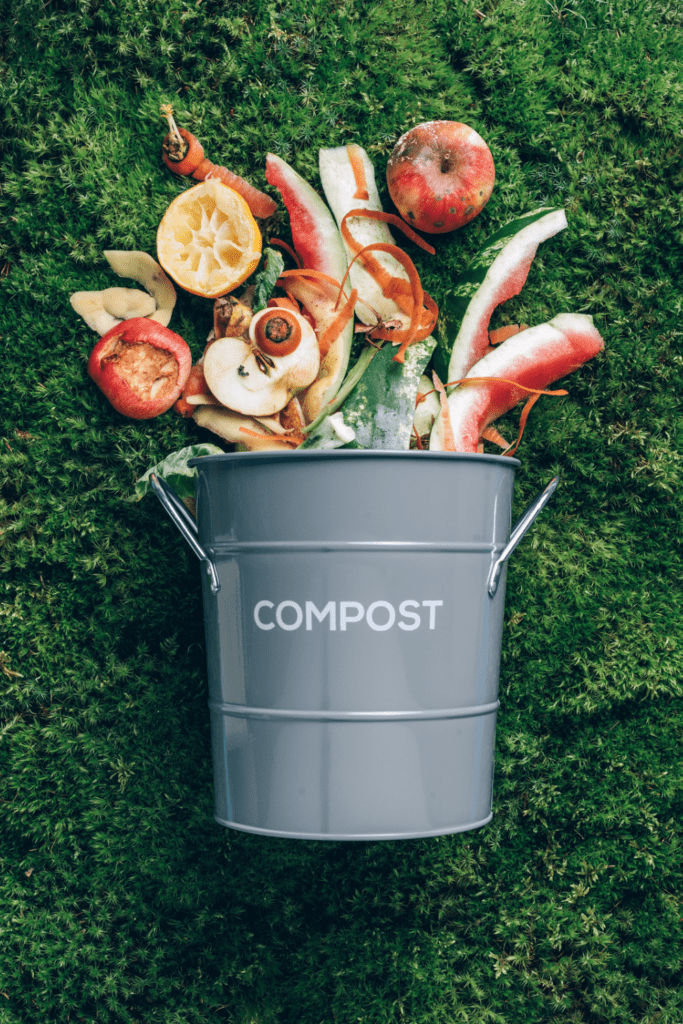

Learn More About Composting
If you want to learn more about composting but don’t have a clue where to start, Honestly Modern has an entire series dedicated to composting in a variety of ways. Start with her introduction to composting post and read on from there!
If you’d like to introduce the science of composting to your kids, I’ve got you covered! Work your way through the following resources to guide their learning:

